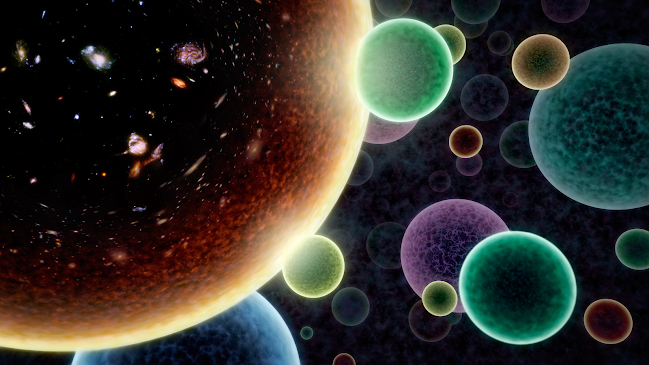When we look at the universe, it seems almost perfectly set up for the existence of life. Many of the laws of physics work in just the right way to allow stars to form, planets to exist, and complex life to develop. This idea that our universe is “fine-tuned” for life has led to many discussions about what it really means. Some believe it might be just a lucky accident, while others think there could be a deeper reason. These debates bring us to the Anthropic Principle, which is a way of explaining why we see the universe as so well suited for living things.
The Puzzle of Fine-Tuning
Scientists have found that if certain physical laws or constants—such as the strength of gravity or the charge on the electron—were slightly different, stars might not form or atoms might not stay together. If that happened, life as we know it would not be possible. The universe’s seeming “perfect fit” for life is sometimes called the “fine-tuning” problem, because it is as though these constants were set to very specific values. It raises the question of whether this is just chance or if something caused the universe to be so precisely balanced.
Observers at the Center: The Anthropic Principle
The Anthropic Principle tries to explain why the universe’s conditions are exactly right for living observers. One version says that we can only notice this perfect setup because we exist in a universe where it happens. In other words, if the universe were not right for life, we would not be here to observe it. Another version of the Anthropic Principle goes further by suggesting that the universe might have some fundamental reason or purpose for supporting observers. While the simpler version does not claim that anything was planned, the stronger version allows people to wonder if the universe is “designed” for life.
Multiverse Theories vs. Design Arguments
A popular scientific idea called the “multiverse theory” says there could be many different universes, each with its own set of physical laws. If that is true, then it is no surprise we find ourselves in one that allows life. We could just be living in one “bubble” universe among countless others that do not support life. Critics of the multiverse theory say it can be hard to test whether these other universes actually exist. On the other side, some people argue that the fine-tuning of our universe is not an accident at all but the result of some kind of design or guiding principle. They believe this solves the question of why the universe seems so perfect for life. Critics of that view ask who or what designed the universe and whether such a claim really explains anything in a scientific way.
An artist's depiction of "bubble universes" which pop in and out of existence. It could be that our bubble has just the right conditions to sustain itself.
Image credit: "Bubble Universes", Plank: U.S. Data Center at IPAC, Dec 22 2015, https://planck.ipac.caltech.edu/image/planck16-001a
Philosophical and Existential Implications
These debates are not just scientific; they are also deeply philosophical. They lead us to ask whether life is common or rare across the cosmos and whether our existence has a larger meaning. If there are many universes, perhaps life is not so special. If our universe is one of a kind, then it might make our existence feel more precious. Fine-tuning discussions also remind us how closely science and philosophy can overlap. We rely on both observation and deep thinking to understand why the universe is the way it is, or if that question can ever be fully answered.




Comments
Post a Comment